Go back far enough in history and you will find court jesters or their equivalent in ancient China, Rome, and even within the Aztec civilization.
Jesters also appeared in English culture serving as musicians, storytellers, performing physical comedy, and were often seen riding in front of troops to mock or provoke the enemy.
We often see the jester portrayed in a specific costume such as the woodcut posted below which dates to 1540. Notice the distinctive hat and the marotte which is basically a stick with a carved head at the end. The cap and marotte mirrored the royal crown and scepter and symbolized their legal protection. These early comedic performers could talk and mock freely with no fear of being punished.
Jeffrey Hudson (1619-1682) was the equivalent of court jester for Queen Henrietta Maria of France. Hudson was a dwarf and was often referred to as “Lord Minimus.” His claim to jester fame was hiding within giant pies and leaping out of them as they were served. He fought in the English Civil War on the side of the Royalists. Sadly, he was captured by Barbary pirates and held for twenty years before the ransom was paid for his release. He died around 1682 in unknown circumstances after leading a most interesting life.
Will Somers was the court jester for King Henry VIII. Like many other court jesters, it is believed Will had some sort of intellectual or physical disability. In her book Disability and the Tudors (2021) Philippa Connally mentions that many of the court jesters had some sort of disability and that they received the support they needed and status within society by their service to royalty or families of high standing. This isn’t to say that from time to time a jester’s antics didn’t arouse a bit of anger. For example, at one point King Henry VII threatened Somers with death when his antics went too far.
It is believed that Will Somers is portrayed in the painting below of King Henry VIII and his family members from 1545. Will is in the far-right corner. In the middle of the painting, left to right, is Lady Mary, Prince Edward, King Henry VIII, Jane Seymour, and Lady Elizabeth.
Notice the woman in the upper left corner. Some believe she is the female court jester known as Jane the Fool. Some theorize she might have been married to Will Somers, but there’s more proof to document she served three queens – Catherine Parr, Mary I, and even Anne Boleyn. Like Will, it is theorized that Jane had some sort of disability, too.
Queen Victoria had her version of a court jester as well even though by her reign the position had disappeared. The man’s name was Alexander Grantham Yorke (1847-1911) who was referred to as “Alick” by his family and close friends. Yorke was born the youngest son of Admiral Charles Philip Yorke, the Fourth Earl of Hardwicke (1799-1873), of Wimpole Hall in Cambridgeshire.
Yorke became friends with Prince Leopold, the Duke of Albany, the youngest and some say favorite son of Queen Victoria during their days at Oxford. They both shared a passion for the arts and were such good friends that Yorke became Prince Leopold’s equerry in 1874. This meant he served in the royal household as the prince’s personal attendant within his residence or out and about on personal engagements including a trip taken by Prince Leopold to the United States and Canada in 1880. Also accompanying the prince was his sister, Princess Louise whose husband, John Campbell, Marquess of Lorne and later the Ninth Duke of Argyll, was Governor General of Canada from 1878-1883.
The photo below of Alick Yorke was probably taken during the tour overseas.
Yorke adored anything to do with art, music, and drama. He is remembered as a great mimic who could impersonate some of the well-known actors and actresses at the time with great success.
Once source I consulted stated Yorke stated “was a short, plump man with twinkling eyes and brown hair heavily greased back from an undistinguished forehead. He habitually crusted his dress with precious stones, and those with poor eyesight always knew when he had entered a room because of the clouds of scent that floated about his person.
Following Prince Leopold’s death in 1884, Yorke served as Extra Groom-in-Waiting first to Queen Victoria and later to King Edward VII until his death in 1911. As a member of Queen Victoria’s household, he arranged the theatrical entertainments given by members of the household at Osborne House on the Isle of Wight each Christmas. The home was a favorite of Queen Victoria’s as Prince Albert had designed the home especially for her. During these years Yorke wasn’t the only member of his family serving as a courtier. His brother, Elliot Constantine Yorke was equerry to Alfred, the Duke of Edinburgh, another son of Queen Victoria.
As a member of Queen Victoria’s household, Alick Yorke often found himself seated at the Queen’s dinner table. During one such dinner at Windsor Castle Yorke was sitting next to a German guest (possible a prince and a relative of the Queen) and at one point a risqué story was told either by the German or Yorke himself. Queen Victoria heard the riotous laughter down the table from her and made a direct inquiry as to what was so humorous. Instead of providing a cover story of some sort or substituting a cleaner joke, Yorke reluctantly told the smutty story verbatim to all at the table.
There was stunned silence for a few seconds. Finally, Queen Victoria showing no emotion in her face or voice made this tight-lipped response, “We are not amused.”
This remark is often referred to as the most famous in British regal history and Alexander Grantham “Alick” Yorke is given the credit for provoking it. The remark is discussed in the books Notebooks of a Spinster Lady (1919) by Carol Holland and Queen Victoria: A Personal History (2001) by Christopher Hibbert, but like many things historical there are alternative versions and declarations that Queen Victoria never said, “We are not amused” since many including her family members state she loved a good joke and loved to laugh.
Looking through her photos taken later in life; however, it is hard to imagine she didn’t say it.
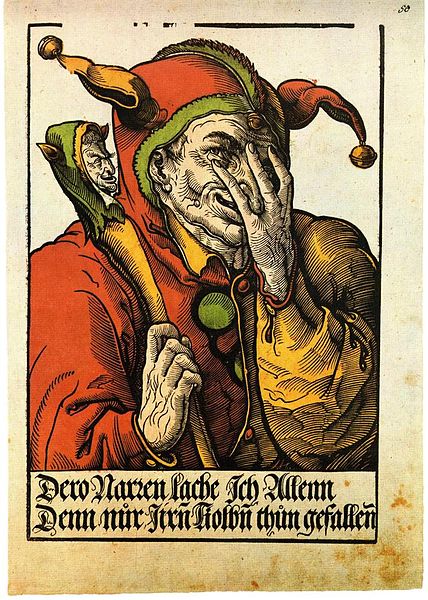
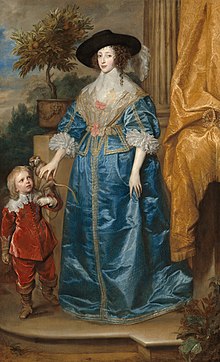
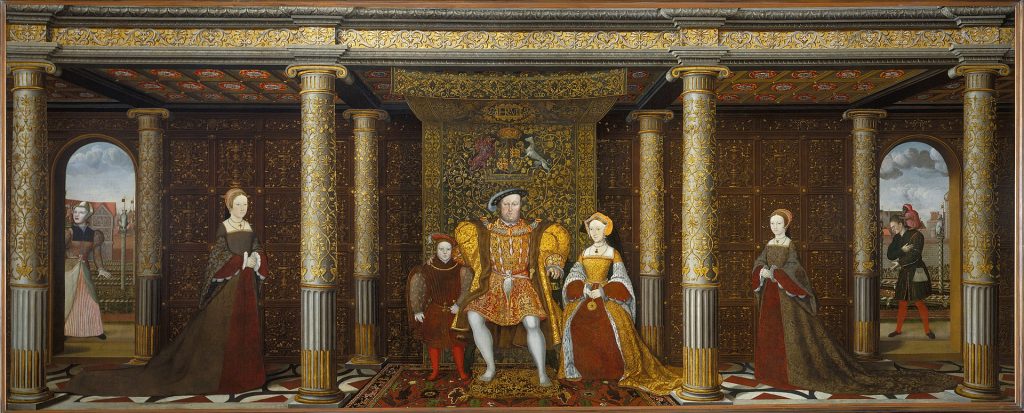
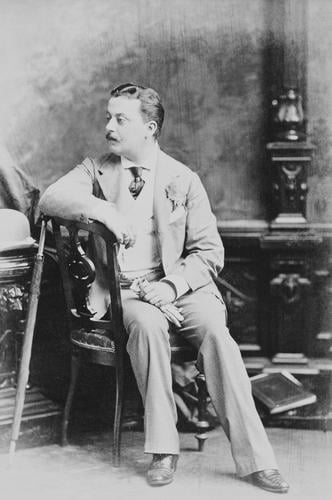
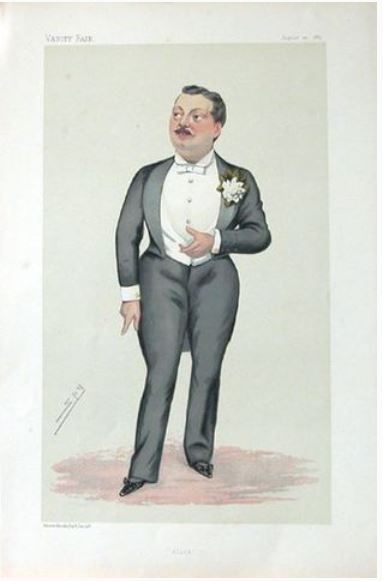
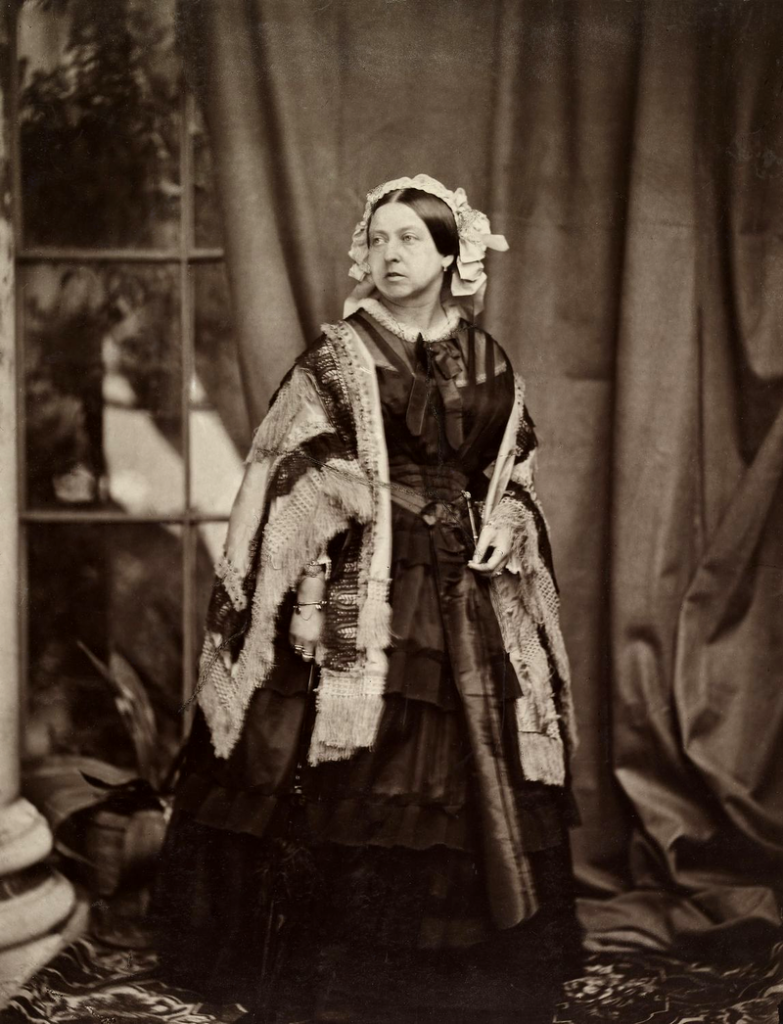




Leave a Reply